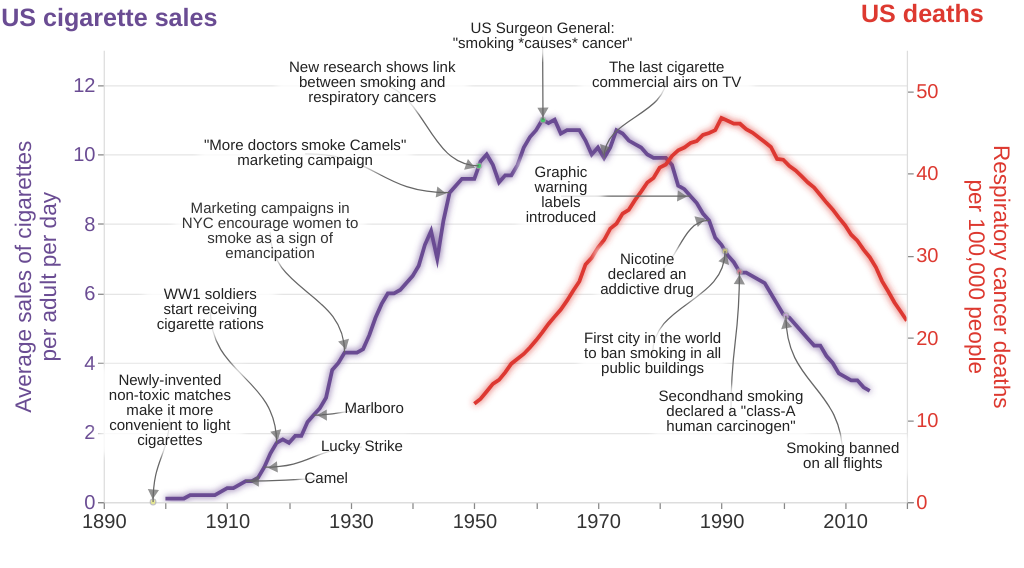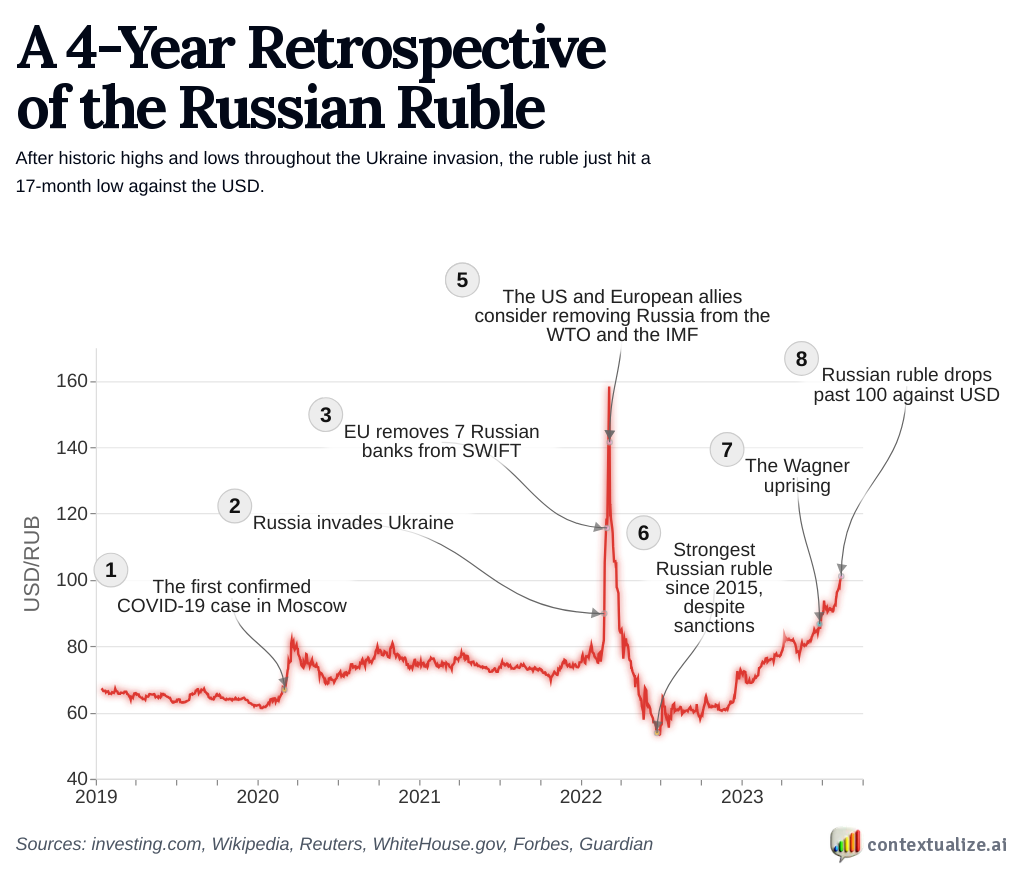
A stark reminder
Smoking cigarettes causes
- lung cancer, which has a 23% 5-year survival rate
- heart disease, which is the leading cause of death worldwide
If you were waiting for a sign to stop smoking, this is it.
It's important to know that only 5% of smokers manage to quit cold turkey, and of those, 65% end up relapsing. A significant number of successful quitters credit Allen Carr's "The Easy Way to Stop Smoking" for their success, so you might want to check it out.
Some advice from Allen Carr: BBC documentary clip: "We Love Cigarettes"
History
In the early 20th century, cigarettes became widely popular in the United States, in large part due to aggressive advertising campaigns. These campaigns often portrayed smoking as glamorous, sophisticated, or even healthful. Doctors were even used in ads to suggest that smoking was not harmful, helping to boost sales and normalize the habit.
By the 1950s, however, scientific research began to expose the serious health risks associated with smoking, particularly its link to lung cancer. The U.S. Surgeon General's landmark report in 1964 officially confirmed these risks, leading to the first warning labels on cigarette packages. Over the next few decades, anti-smoking campaigns gained traction. The 1998 Master Settlement Agreement between 46 states and the tobacco industry restricted marketing and provided funds for anti-smoking campaigns. Laws banning smoking in public places began to appear in the late '90s and 2000s, further stigmatizing the habit and reducing second-hand smoke exposure.
Despite these efforts, lung cancer remains a leading cause of death in the U.S. today. Although cigarette sales have declined due to higher taxes, public awareness campaigns, and tighter regulations, the health impact of decades of widespread smoking continues to be felt. New challenges, such as the rise of vaping and e-cigarettes, also pose potential risks, adding complexity to the ongoing public health battle against tobacco use.
⁂



